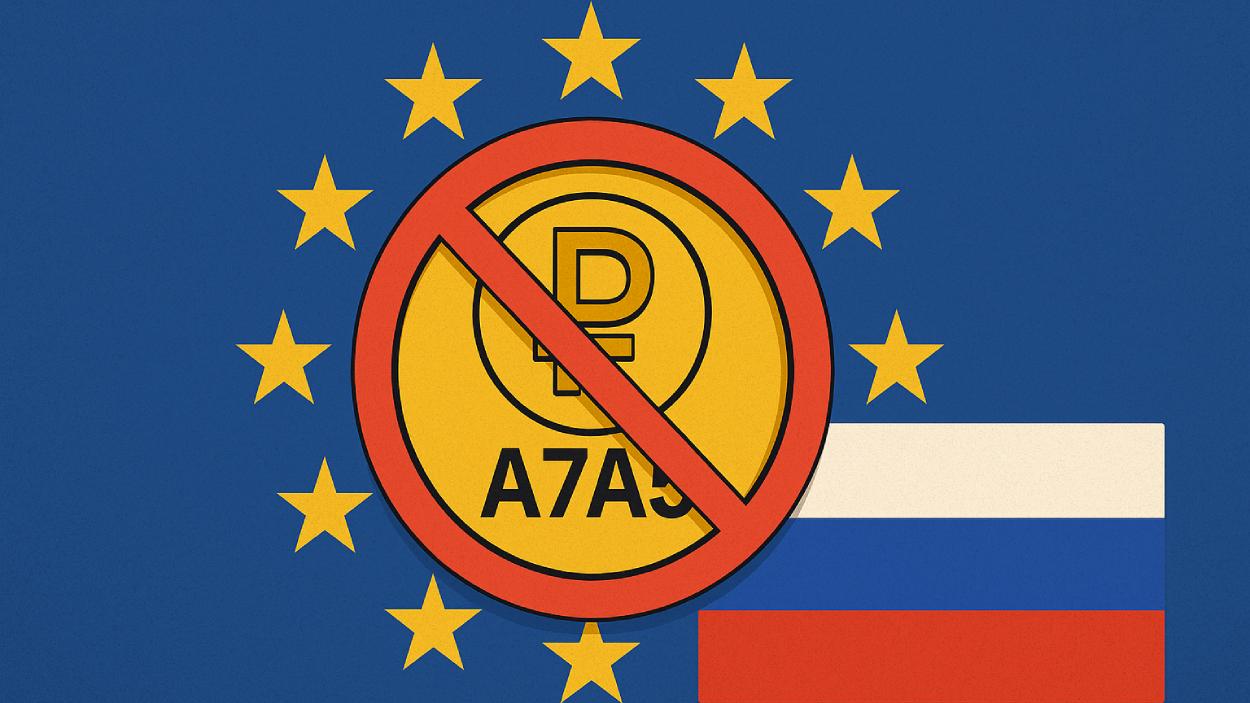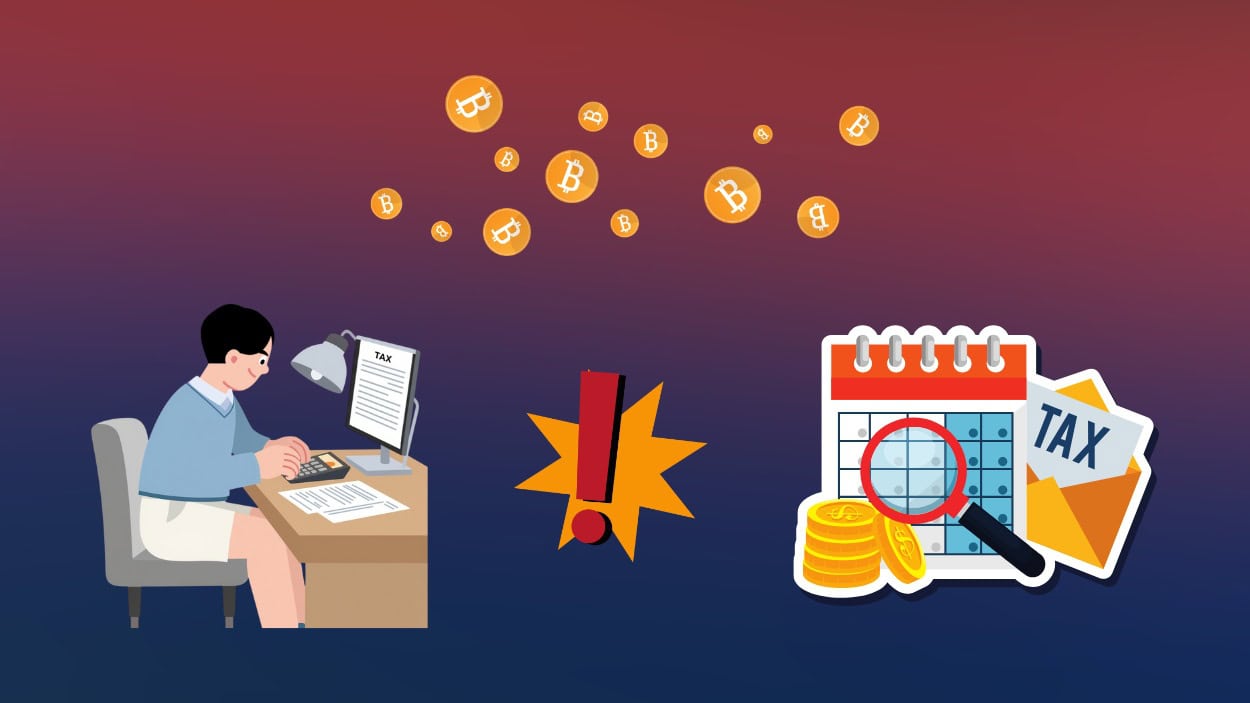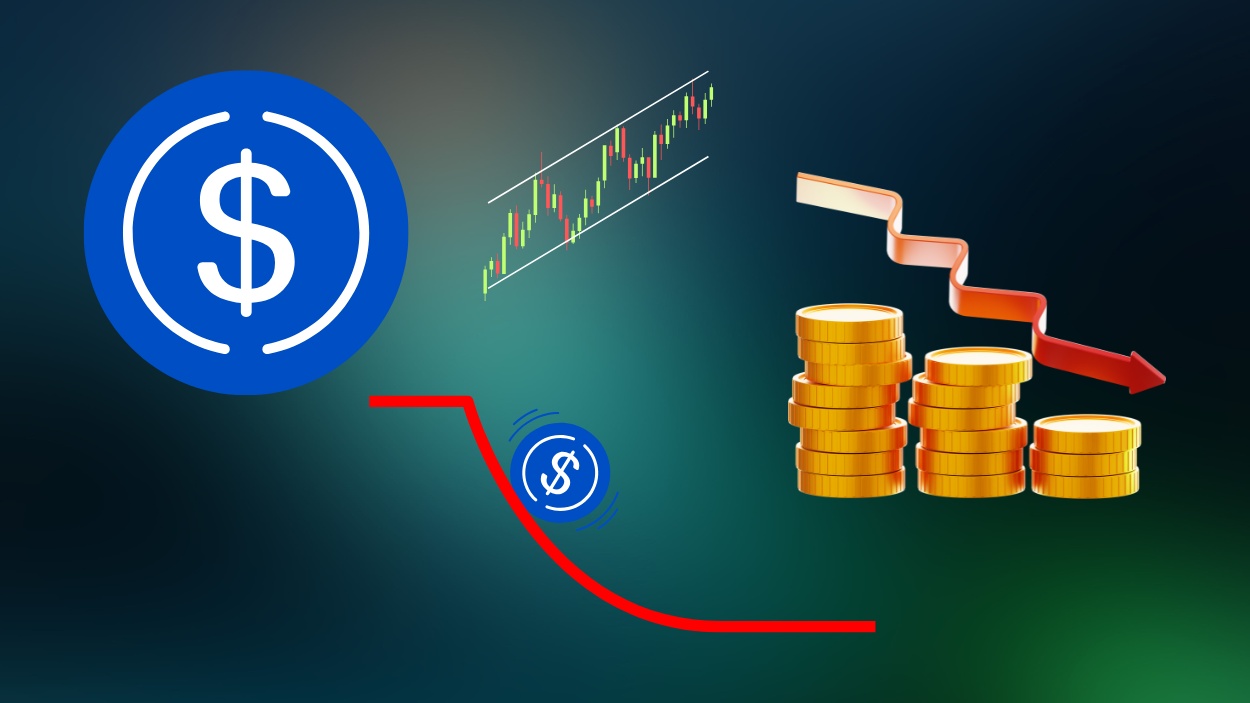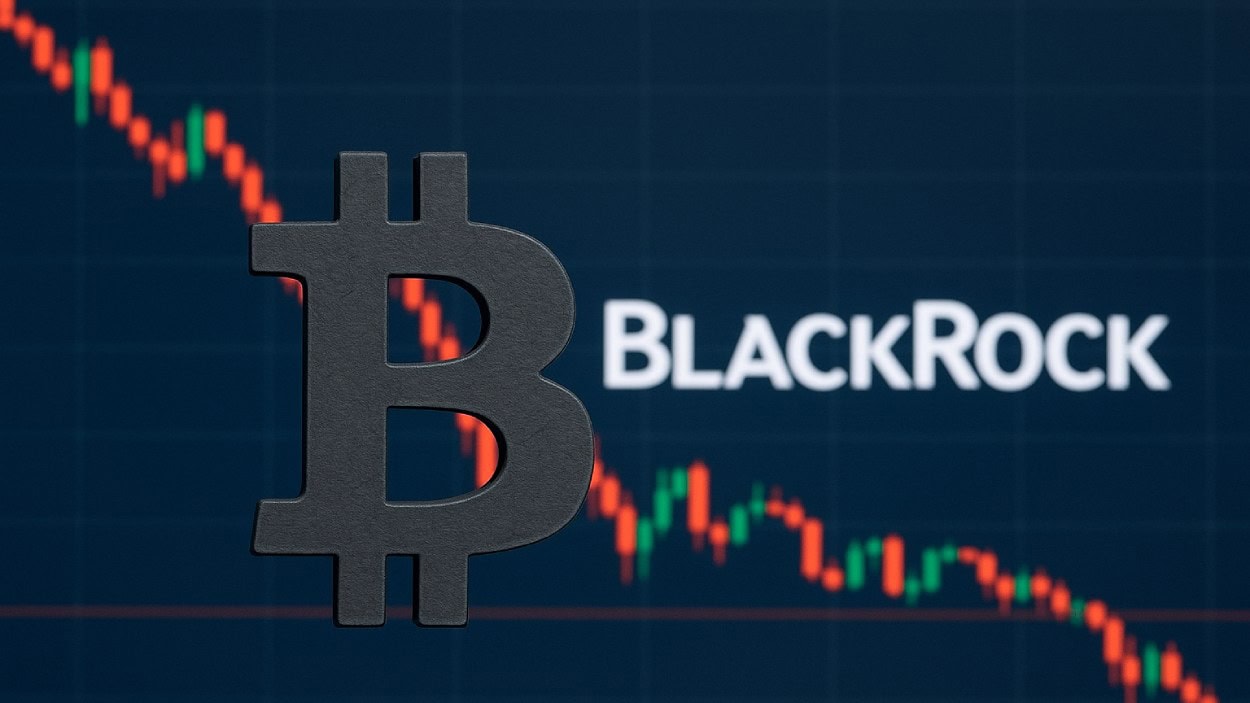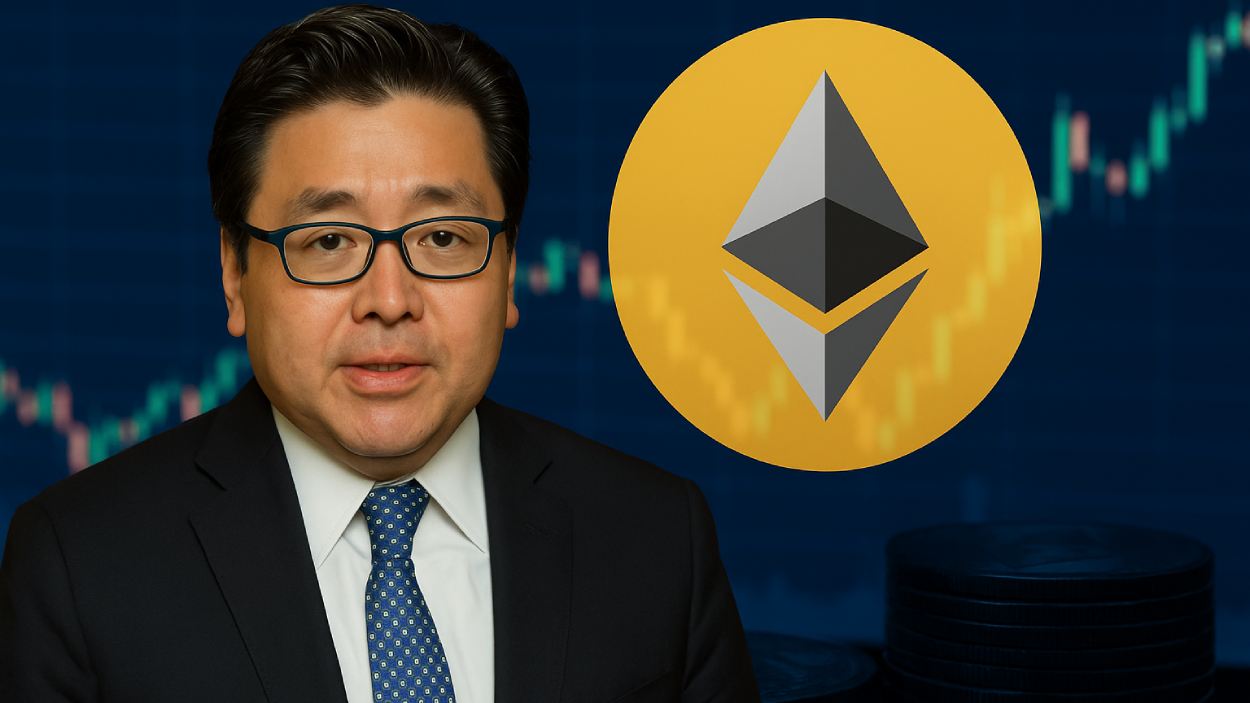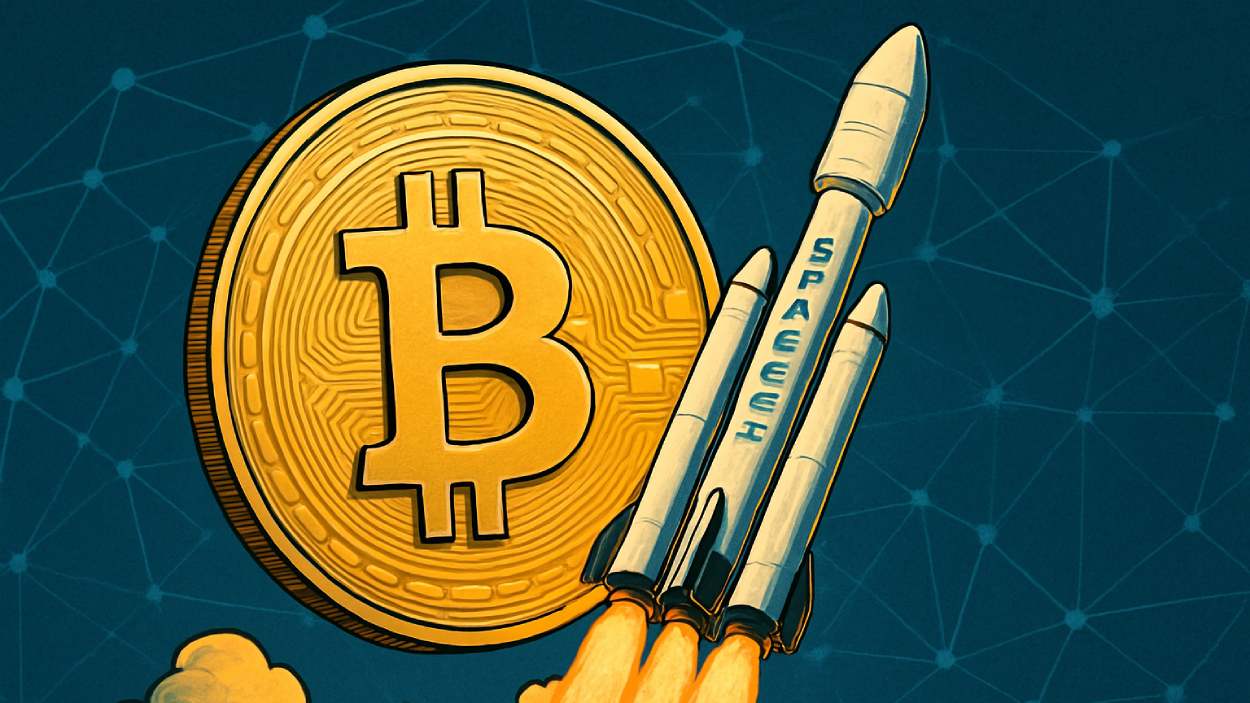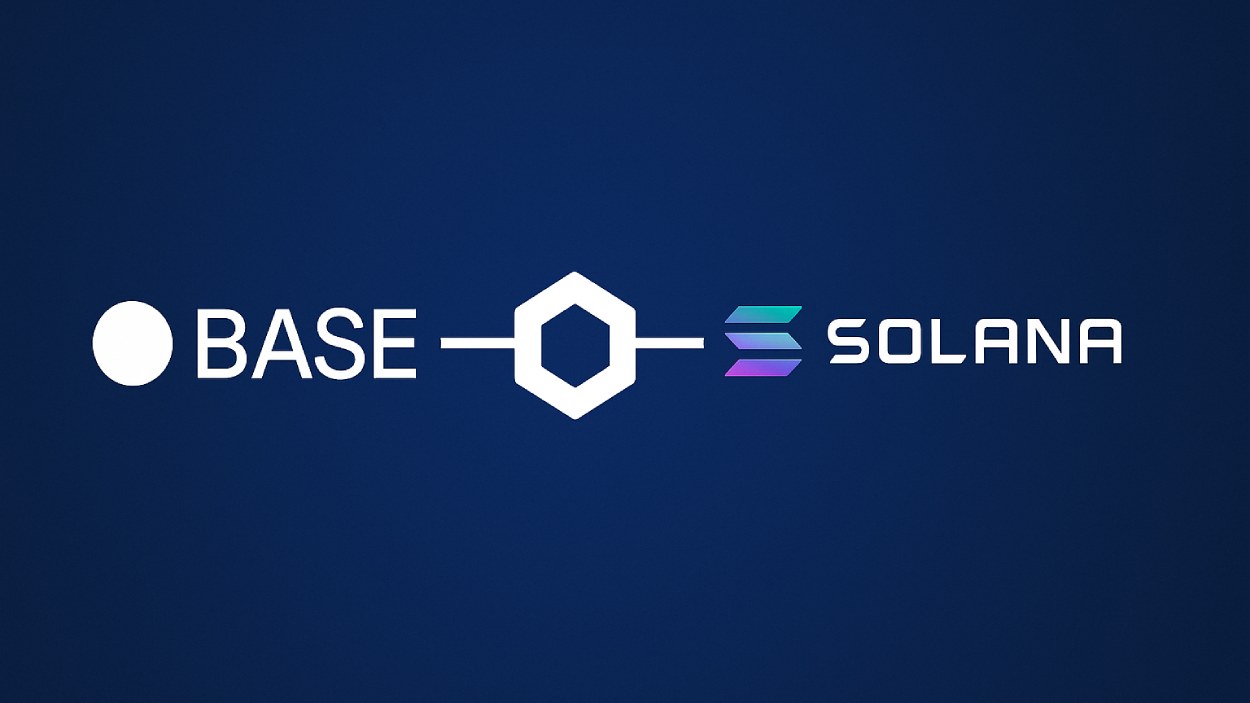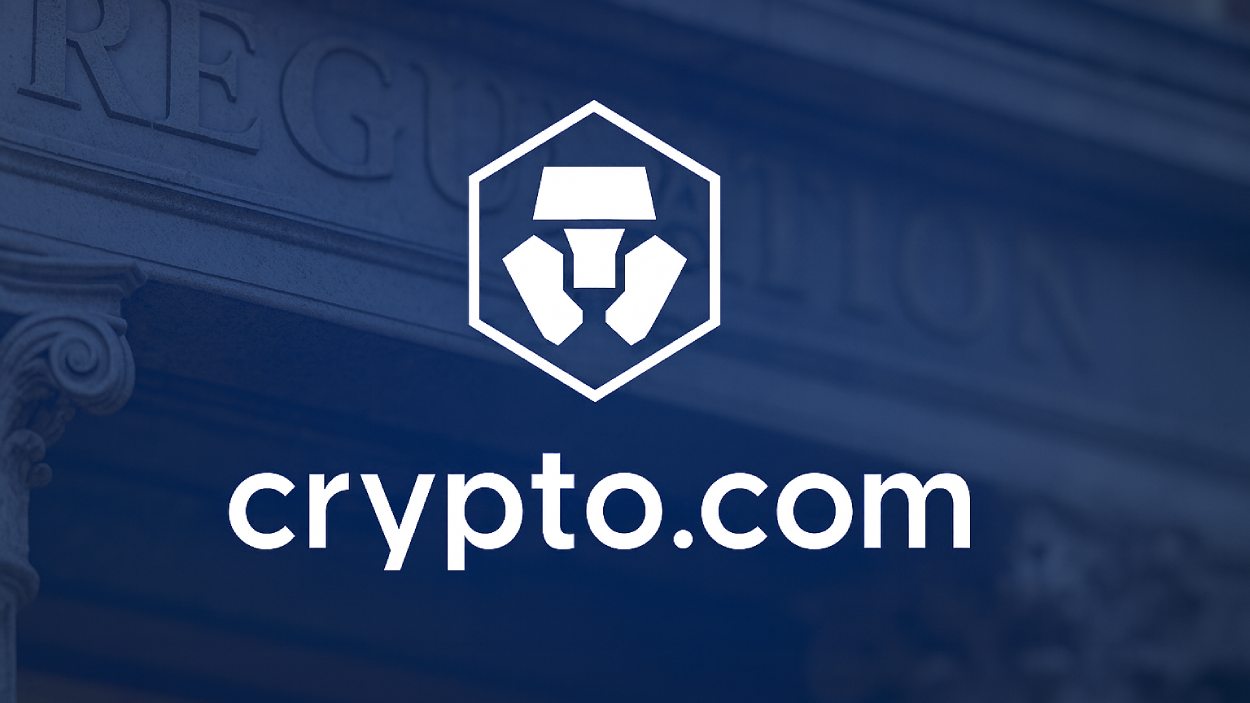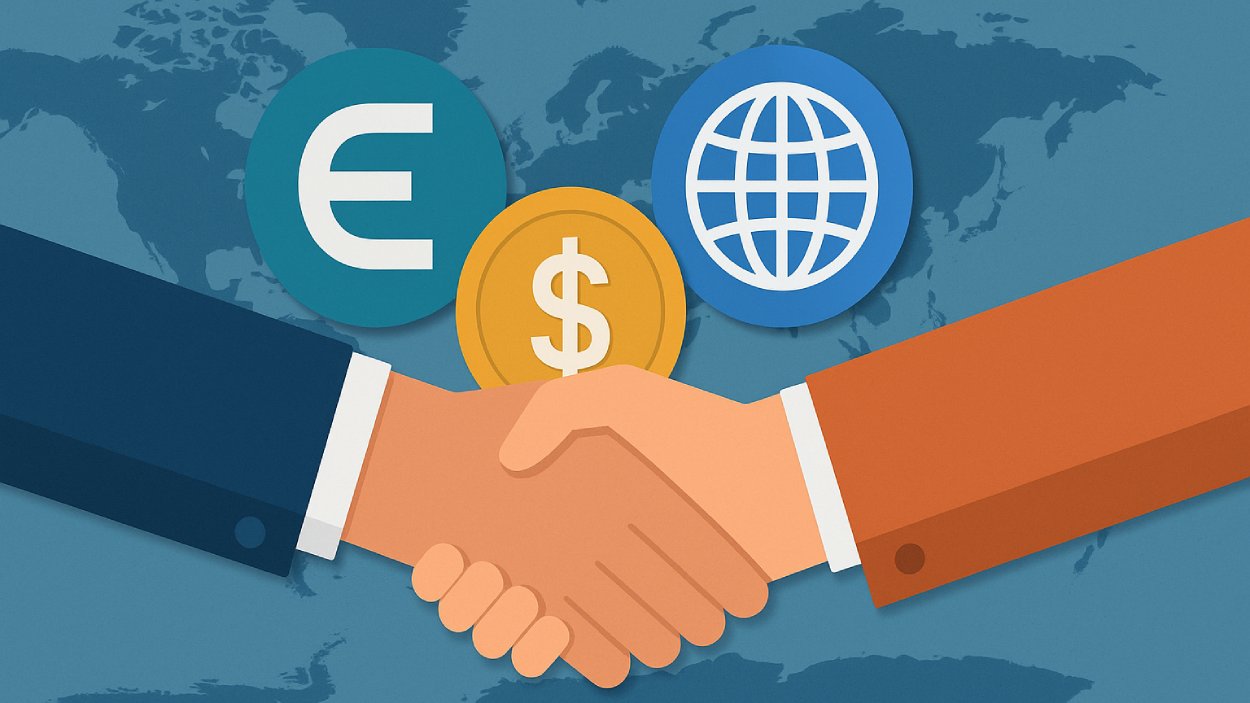The European Union has blacklisted the ruble-backed A7A5 stablecoin, accusing it of playing a major role in helping Russia skirt sanctions and fund its ongoing war in Ukraine.
Key Takeaways
- The EU has banned the A7A5 ruble-backed stablecoin as part of its 19th sanctions package against Russia.
- The stablecoin’s developer, Kyrgyz issuer, and affiliated crypto platforms were also sanctioned for facilitating Russian financial activity.
- The ban extends to EU-based firms and citizens, who are now prohibited from engaging in any transactions involving A7A5.
- The EU cited evidence that A7A5 helped Moscow process billions in covert transactions to sustain its war efforts.
What Happened?
The European Union rolled out its 19th sanctions package against Russia, this time focusing heavily on cryptocurrency networks used to bypass financial restrictions. At the center of this move is A7A5, a ruble-pegged stablecoin that EU authorities claim has become a prominent tool for financing activities linked to Russia’s military aggression in Ukraine.
EU’s Foreign Policy Chief Kaja Kallas says the newly adopted 19th sanctions package targets Russian banks, crypto exchanges, and companies in China and India helping Moscow evade sanctions. The EU is also restricting Russian diplomats’ movement to counter destabilization efforts. pic.twitter.com/pXCCXBP8Jy
— NOELREPORTS 🇪🇺 (@NOELreports) October 23, 2025
A Major Blow to Russia’s Digital Finance Strategy
The A7A5 token was launched in February 2025 in Kyrgyzstan, one of the few countries that did not back Western sanctions against Russia. The stablecoin is issued by a company named A7, co-owned by Moldovan oligarch Ilan Shor and Russia’s Promsvyazbank. It quickly gained traction on the Grinex crypto exchange, which was created by former employees of Garantex, a platform already under Western sanctions.
By the end of September, over 41 billion A7A5 tokens were in circulation, with a total value nearing $500 million. The transaction volume reached a staggering $68 billion, according to EU reports. Authorities believe that the token was being used extensively to move funds outside the traditional banking system, allowing Russia to sidestep sanctions and maintain liquidity.
In a statement, the EU Council described the A7A5 stablecoin as a “prominent tool for financing activities supporting the war of aggression.” The sanctions target not just the digital currency but also its developer, the Kyrgyz issuer, and the operators of affiliated platforms. These platforms, including one based in Paraguay, were found to have facilitated billions in crypto transactions aiding Russia’s war effort.
Broader Crypto Restrictions Rolled Out
This is the first time the European Union has imposed full-scale crypto-specific sanctions since the beginning of Russia’s invasion. Alongside the A7A5 ban, the EU also prohibited Russia-based crypto payment services and software providers from operating within the bloc.
Additional measures in the sanctions package include:
- Bans on eight oil traders and banks from Tajikistan, Kyrgyzstan, Hong Kong, and the UAE for helping Moscow evade financial restrictions.
- Increased monitoring and restrictions on Russian diplomats to deter further destabilization efforts.
- Pressure on EU-based crypto and fintech companies to avoid enabling Russia’s alternative financial systems.
These moves reflect growing concerns about how digital assets are being used as financial escape routes by sanctioned regimes.
Russia’s Response and Future Moves
The sanctions arrive just weeks after Russian Finance Minister Anton Siluanov publicly supported the use of cryptocurrency in international trade. Siluanov framed the legalization of digital currencies as a strategic response to Western sanctions, acknowledging crypto’s usefulness in enabling cross-border capital flows.
However, the EU’s crackdown on A7A5 and associated platforms could significantly hinder Russia’s digital finance ambitions. By isolating ruble-backed tokens and tightening regulations on global crypto services, the EU aims to block Moscow’s attempts to develop parallel financial infrastructures beyond Western oversight.
CoinLaw’s Takeaway
I found this move by the EU not just aggressive but very calculated. It shows how serious regulators have become about plugging crypto loopholes in traditional sanctions frameworks. In my experience, whenever digital assets get tied up in geopolitical conflicts, the entire crypto industry starts feeling the pressure. This ban on A7A5 sends a loud message: if your coin helps fund a war, expect to be cut off. Crypto has always promised freedom from borders, but this proves it is not free from accountability.

